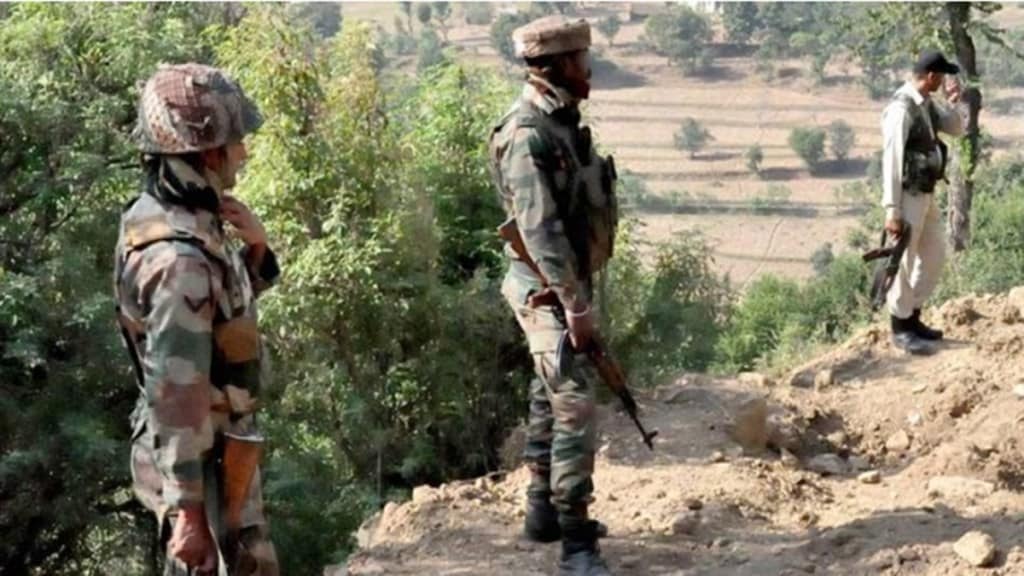The Indian Army is embarking on a strategic journey to bolster its aviation capabilities by addressing the shortage of helicopters and enhancing its unmanned aerial vehicle (UAV) fleet. To ensure a comprehensive upgrade while preserving the core of the original text, the following expanded article maintains the essence and sequence.
In an endeavour to overcome the shortage of helicopters, the Indian Army has set its sights on procuring indigenous Light Utility Helicopters (LUH) from the state-owned Hindustan Aeronautics Limited (HAL). Furthermore, they are considering the option of leasing helicopters to meet their immediate requirements.
Over the next 4-5 years, the Indian Army is planning a gradual phase-out of the aging Cheetahs and Chetaks from its fleet, intending to replace them with the LUH developed by HAL.
Leasing Plan
The Indian Army has initiated the process by releasing a Request for Information (RoI), which has garnered responses from several potential suppliers. They are currently analyzing these responses and are preparing to move forward by issuing a Request for Proposal (RfP) to facilitate leasing. This meticulous approach ensures that all procedural matters are handled efficiently, reflecting the Army’s commitment to acquiring the necessary helicopters.
Phasing Out Plan of Cheetah & Chetak
The crux of the replacement strategy revolves around addressing the Army’s requirement for approximately 250 light helicopters used in reconnaissance and surveillance activities. The plan is to contract over 100 light utility helicopters initially, leveraging HAL‘s current production capacity. Additionally, alternative means will be explored to replace the entire fleet of Cheetah and Chetak helicopters, emphasizing the preference for ‘Make in India’ and indigenous solutions.
To alleviate the shortage, various options, including leasing, will be considered in the short term, with a focus on HAL’s production capacity for the long term. The priority remains on indigenous solutions to meet the Army’s aviation needs.
Timeframe for Replacement
Replacing the aging helicopters is a lengthy process, expected to take at least 10-12 years for complete phasing out. The Army Aviation Corps, which recently celebrated its 38th raising day on November 1, is currently facing an overall shortage of about 70-80 helicopters.
In addition to fleet upgrades, there are plans to raise more Aviation Brigades, with three currently in operation.
Drones in the Indian Army
The Indian Army is also bolstering its UAV capabilities, with the acquisition of Heron mk2 UAVs that are satellite communication-enabled. The addition of Hermes 900 Star, also satellite communication-enabled, is expected next year. Furthermore, the existing Heron fleet (Mk1) will be upgraded to the SATCOM version. These measures are aimed at ensuring that the Indian Army has the requisite number of UAVs within 4-5 years.
As previously reported, the Indian Army is set to receive HALE class UAVs ‘Predators’ from the US-based General Atomics through the Foreign Military Sales route, with deliveries expected to commence a couple of years after signing the contract in 2024.
Current Fleet
The Army Aviation currently boasts modern Advanced Light Helicopter (ALH) Mk-III, Weapon System Integrated (WSI) helicopters, and Light Combat Helicopter (LCH). ALH-WSI is undergoing integration with Helina missiles, a process expected to take approximately a year. The production of Helina missile systems will extend this timeline by another three years.
In the near future, the aviation wing will induct state-of-the-art LUH and Apache Attack Helicopters into its inventory. The Army is poised to receive six Boeing-made Apache combat choppers next year, with pilot and technician training already completed. These helicopters share specifications with those used by the Indian Air Force.
Light Combat Helicopter
The inauguration of the first Light Combat Helicopter Squadron in Assam’s Missamari marks a significant milestone in the Army’s modernization efforts.
Predators from the US
The deal for 31 MQ-9B Unmanned Aerial Vehicles (UAVs) with the US is on track to be concluded by February 2024, with deliveries expected to commence from February 2027. The prolonged negotiations are progressing toward the signing of the contract.
After several years of government-to-government interactions, India has sent a Letter of Request to the US, and the deal is anticipated to be finalized by February 2024. This deal involves the procurement of 31 General Atomics MQ-9B UAVs, strengthening India’s armed forces’ ISR capabilities.
Nature of the Purchase
India’s aim is to acquire 31 MQ-9B armed UAVs, with 15 designated for the Indian Navy and 16 for the Indian Army and Air Force. These MQ-9Bs will be assembled in India, promoting indigenous defence production and augmenting the country’s ISR capabilities.
Cost and Procurement Process
The estimated cost, as provided by the US government, is US$3,072 million. Negotiations on the final price are underway and await approval. India is also actively working to increase the indigenous content in the deal, potentially reaching 15-20 percent.
MQ-9B Variants
The MQ-9B offers two variants, the SkyGuardian and the SeaGuardian, tailored for various operations. These UAVs are renowned for their extended flight capabilities, up to 40 hours, depending on configuration. They are well-equipped to operate in diverse weather conditions and safely integrate into civilian airspace.
Multi-Domain Integration
These UAVs seamlessly integrate with other U.S.-origin platforms operated by India, such as the P-8I maritime patrol aircraft, AH-64 Apache attack helicopters, and MH-60R multi-role helicopters. This integration enhances the MQ-9B’s mission capabilities across various domains.
Distribution of Predators
Out of the 31 Predators approved, the Indian Navy will receive 15, while the Army and Air Force will each get 8. The first lot of eight Predators, four for each of the Army and Air Force, will arrive in 2025. These drones will be based in Gorakhpur and Sarsawa, Uttar Pradesh, for the Army and Air Force, and in Arakkonam, Tamil Nadu, for the Navy.
Procurement Process
To facilitate the procurement process, the Army and Air Force will send a Letter of Intent to the Navy, which is the lead service for the deal. These LORs will then be forwarded by the Navy to the US Department of Defense and General Atomics, leading to commercial bid submissions and price negotiations. This process ensures a streamlined approach to acquiring the necessary UAVs.


